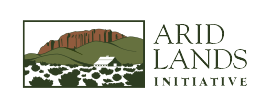
Our Shared Priorities
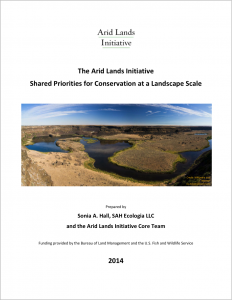
These shared priorities narrowly and specifically define what and where we agree the Arid Lands Initiative needs to invest to leverage each partner’s actions towards achieving the viable, well-connected system of arid lands and related freshwater habitats we envision. The Arid Lands Initiative’s core team arrived at these priorities through a facilitated planning process, combined with targeted development of science products.
The ALI’s science products extend beyond Washington State boundaries, following the natural extension of the Columbia Plateau Ecoregion, though our initial focus is within eastern Washington.
![]()
Priority Systems and Species
What systems and species are good representatives of the Columbia Plateau’s arid lands and freshwater habitats?
In order to achieve the biological components of our vision – a viable, well-connected system of arid lands and related freshwater habitats – we agreed to focus on eight focal systems and species that we considered representative of the majority of the biological diversity in eastern Washington’s arid lands.
Though this focus does not guarantee that all systems and species currently occurring in the Columbia Plateau will be effectively conserved, focusing on this set of eight systems and species as shared biological priorities will help our efforts make the most progress towards our shared vision.
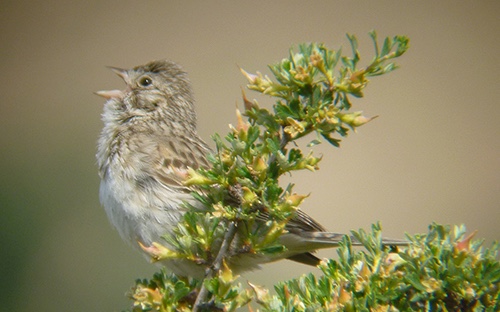 Our shared biological priorities included:
Our shared biological priorities included:
- Broad-scale systems that comprise the matrix of lands and waters across the ecoregion: Shrub Steppe and Dry Grasslands; Riverine Systems; and Depressional Wetlands;
- Finer scale systems that have unique qualities and occur interspersed in that matrix: Dunes; Transitional Woodlands; and Cliffs, Talus and Caves; and
- A suite of species whose needs go beyond what those habitats would provide, and are of priority interest to multiple ALI partners: Grouse (Greater Sage-Grouse and Columbian Sharp-tailed Grouse); and Burrowing Animals (Washington’s and Townsend’s Ground Squirrels).
![]()
Priority Actions
What actions are necessary to achieve our shared vision of a viable, well-connected system or arid lands and related freshwater habitats?
We identified six strategic actions that we agreed would allow us to abate critical impacts and restore our priority systems and species’ integrity and viability, were shared priorities for the ALI partners, and for which coordination across the landscape could lead to significantly greater progress towards our shared vision.
These six shared priority actions are:
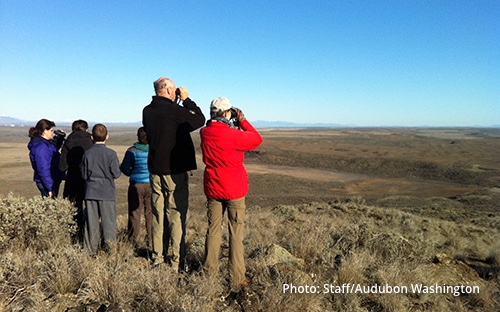 Protection: Identify and protect priority lands through long-term techniques, such as conservation easements, land acquisition or other voluntary landowner incentives.
Protection: Identify and protect priority lands through long-term techniques, such as conservation easements, land acquisition or other voluntary landowner incentives.
- Restoration: Improve or develop restoration approaches so that restoration projects are ecologically successful and economically viable.
- Development: Work with local governments to improve local Critical Area Ordinance (CAO) policies and development regulations.
- Energy Development: Minimize and mitigate for deleterious impact on conservation targets and priority areas by energy developments and related operations.
- Agriculture: Focus public funding and develop markets to reward maintenance and enhancement of environmental benefits on working lands in our arid environments.
- Grazing: Encourage the development and utilization of sustainable grazing practices.
Certain enabling conditions, information and partnerships are critical to successfully achieving our goals. We hope that by bringing these components together around pilot projects with new partners, learning from these, and scaling up successes to the whole ecoregion, we can effectively and collaboratively make progress towards our shared vision.
![]()
Priority Areas
Where should the Arid Lands Initiative focus first across the Columbia Plateau?
One of the overarching principles guiding our efforts to agree on shared priorities was that the viable, well-connected system or arid lands and related freshwater habitats we envision must be comprised of a network of core areas and functional linkages between them. We used science products to select priority core areas that represent the best core areas for conserving our priority systems and species, and to integrate those with priority linkage areas that reflect the most important areas for creating a connected network of those core areas (see map).
Collectively focusing on these shared priority areas will give each partner flexibility in identifying where to work, in ways that contribute to landscape-scale conservation. Each partner also has the flexibility to work with landowners and land managers in the priority areas to design conservation projects that satisfy everyone’s objectives.
As better information becomes available, we will incorporate this information and refine our priority areas.
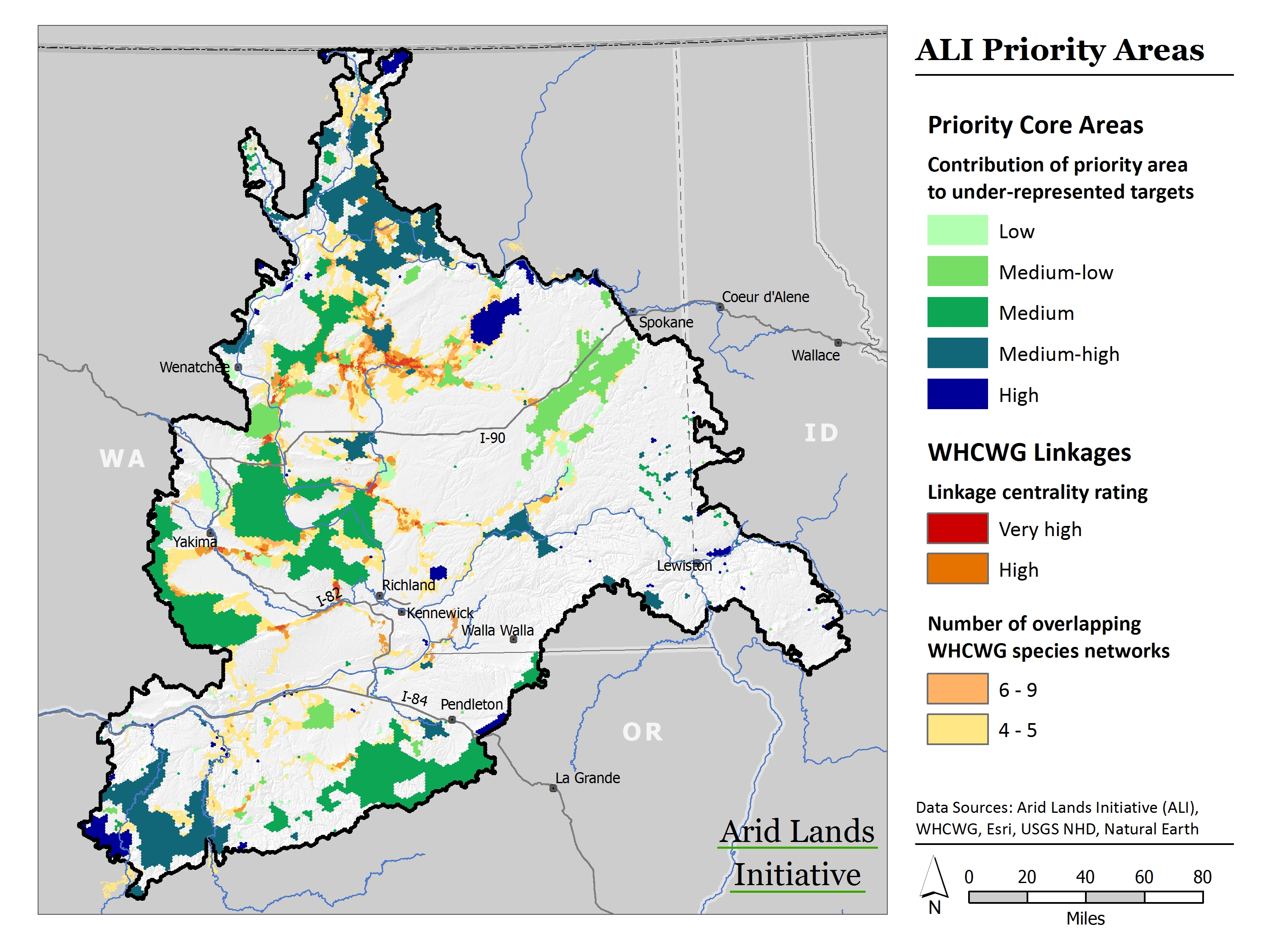
Map of the Arid Lands Initiative’s priority areas. These areas highlight where the ALI partners should focus efforts to work with stakeholders to achieve shared objectives for the land.
